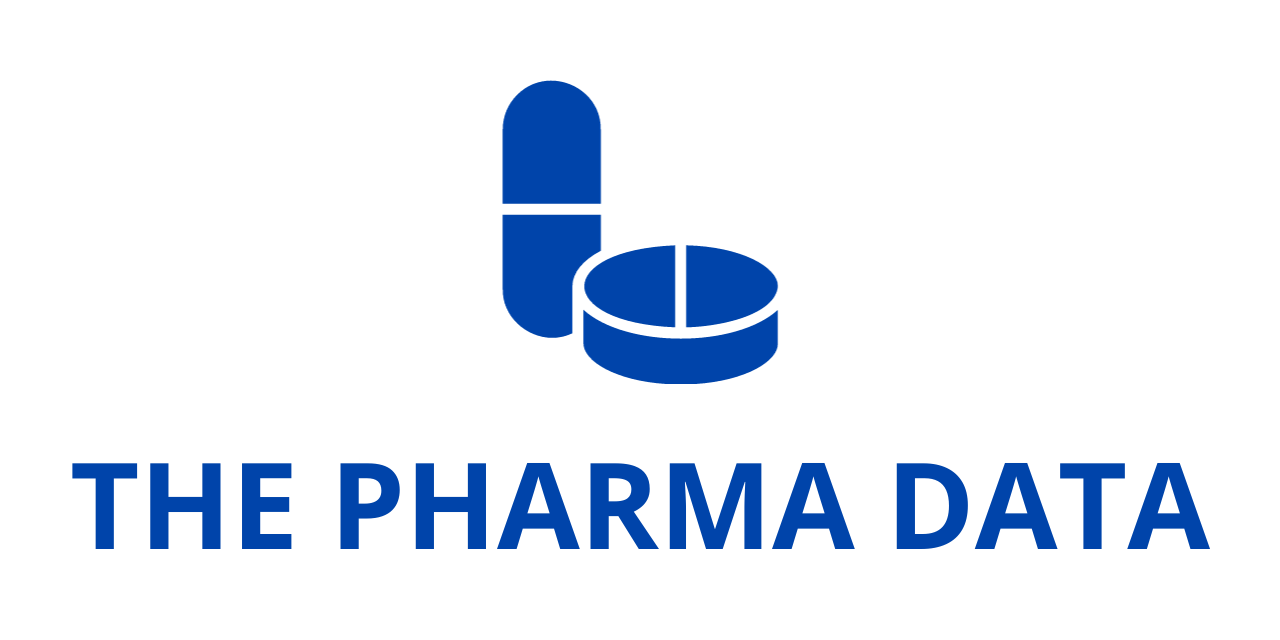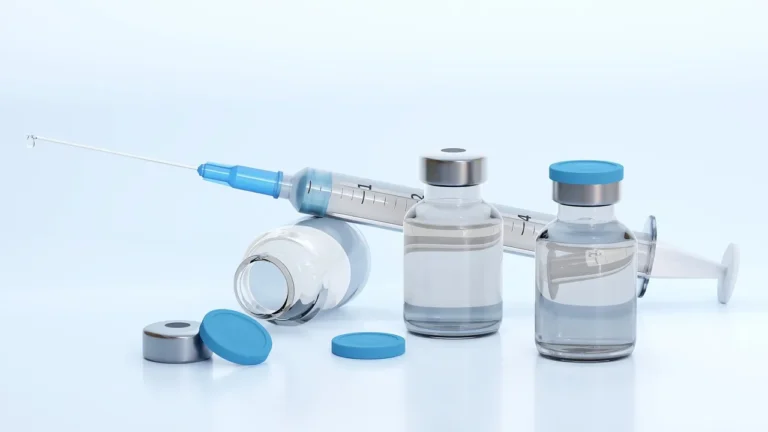
Merck (NYSE: MRK), also known as MSD outside the U.S. and Canada, announced today that its Phase 3 KEYNOTE-689 trial met the primary endpoint of event-free survival (EFS) for KEYTRUDA® (pembrolizumab). This trial focused on using KEYTRUDA, Merck’s anti-PD-1 therapy, as a perioperative treatment for patients newly diagnosed with stage III or IVA resected, locally advanced head and neck squamous cell carcinoma (LA-HNSCC).
The study evaluated a treatment approach that involved using KEYTRUDA as a neoadjuvant therapy, followed by its continued use after surgery in combination with standard-of-care radiotherapy (with or without cisplatin) as an adjuvant therapy, and later as maintenance therapy. This was compared with the standard adjuvant radiotherapy (with or without cisplatin) alone. An independent Data Monitoring Committee conducted the first pre-specified interim analysis and found a statistically significant and clinically meaningful improvement in EFS for patients receiving the KEYTRUDA-based treatment.
Additionally, the trial showed a significant improvement in major pathological response (mPR), a secondary endpoint, for patients in the KEYTRUDA treatment group compared to those receiving only adjuvant radiotherapy. The safety profile of KEYTRUDA was consistent with previous studies, with no new safety concerns identified.
Dr. Marjorie Green, senior vice president and head of oncology, global clinical development at Merck Research Laboratories, commented, “The KEYNOTE-689 results are significant, marking the first positive trial in two decades for patients with resected, locally advanced head and neck squamous cell carcinoma. These findings, which are both statistically significant and clinically meaningful, have the potential to change clinical practice and highlight the promise of KEYTRUDA for patients with earlier stages of the disease.”
There was also a trend toward improved overall survival (OS), another key secondary endpoint, for patients treated with the KEYTRUDA regimen. This included neoadjuvant treatment and combination with standard-of-care radiotherapy (with or without cisplatin) after surgery, followed by maintenance therapy with KEYTRUDA. However, the OS results did not reach statistical significance in patients whose tumors had a PD-L1 Combined Positive Score (CPS) ≥10 at this interim analysis. Due to the statistical testing hierarchy, formal testing was not conducted for the CPS ≥1 and intention-to-treat (ITT) populations, but OS will be evaluated in the next interim analysis.
The findings will be presented at an upcoming medical conference and submitted for regulatory review.
Currently, KEYTRUDA is approved as a monotherapy or in combination treatments for appropriate patients with metastatic or unresectable, recurrent HNSCC in the U.S., Europe, China, Japan, and other regions worldwide.





